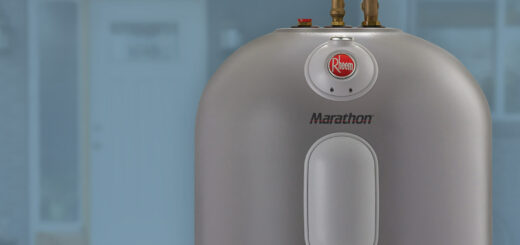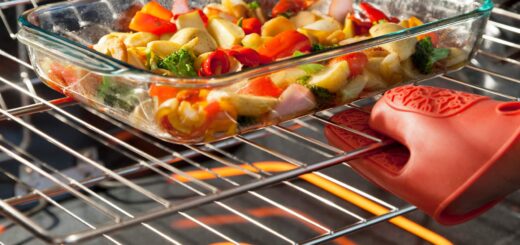Top 5 Maintenance Tips for Water Heater
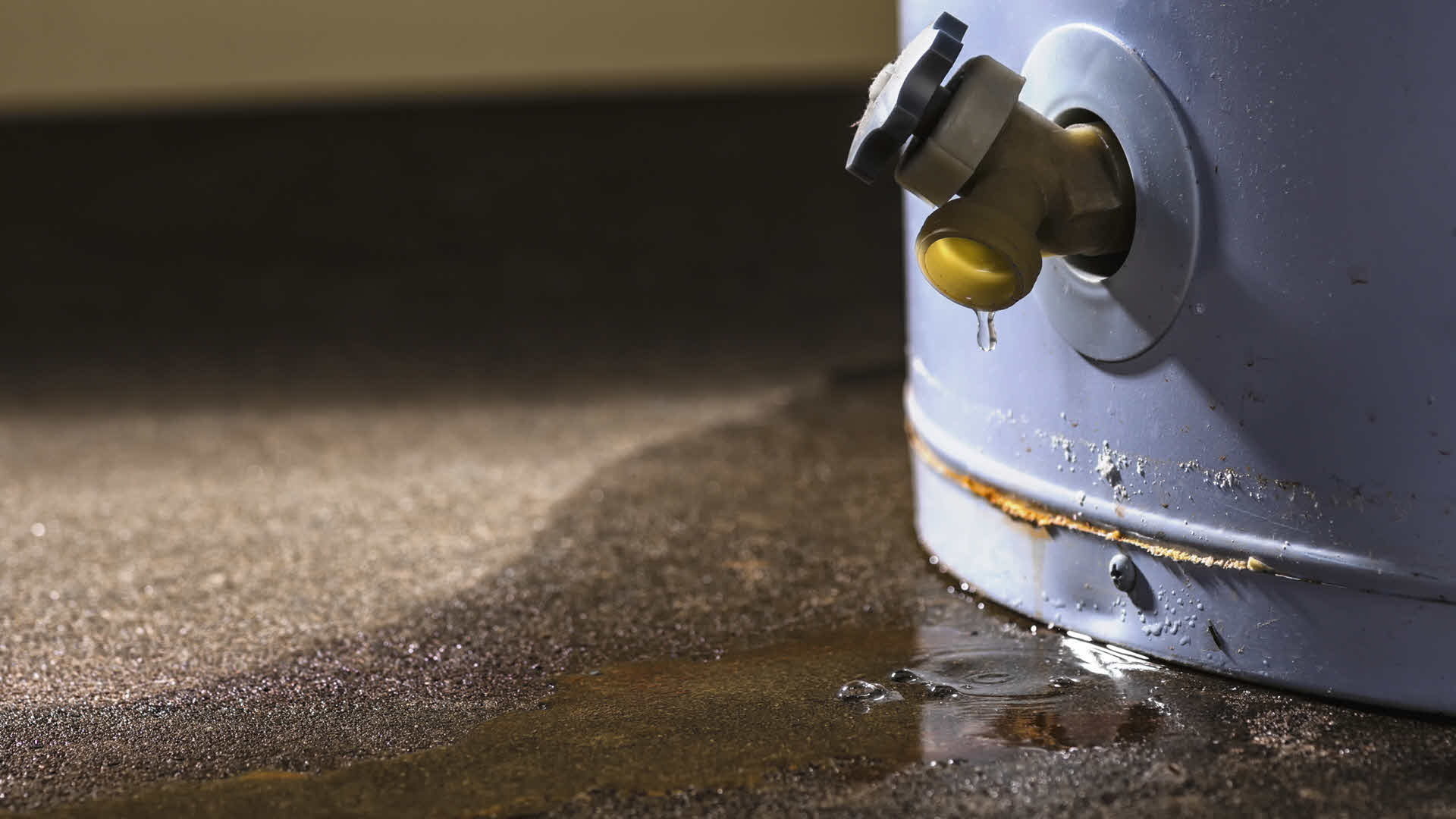
Water heater is a modern necessity, replacing which can be expensive. Proper maintenance can ensure that your heater will last longer, saving the hassle and expense of a premature replacement.
A little preventive maintenance keeps the hot water flowing and extends your water heater’s lifespan.
How to maintain a Water Heater?
Check the Space Around Your Water Heater:
Your water heater needs adequate room and ventilation to work efficiently. Water heaters require a certain amount of clearance, or air space, to function correctly and safely.
Insulate the Water Heater Tank:
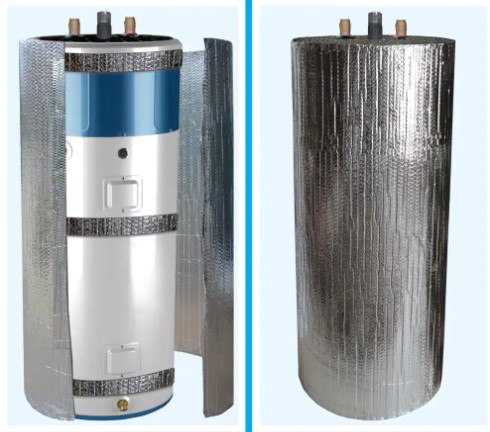
One can purchase thermal wraps which fit around the tank to reduce energy consumption and prolong the life of your unit. Insulating the tank cuts down the heat loss, which means the unit doesn’t have to work as hard to generate and maintain the temperature of the water in the tank, which leads to lower energy costs and reduced wear & tear, potentially extending the life of the unit.
Check the Pressure Valve
Both gas and electric water heaters have a safety device called a temperature and pressure relief valve, or T&P valve for short. In the event the tank over pressurizes, the relief valve opens and releases the pressure. If the valve doesn’t operate correctly, the tank can over pressurize and can explode.
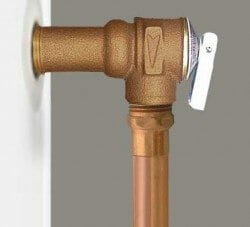
Instructions
Firstly, turn off the electricity to the water heater or turn off the gas to extinguish the pilot light. Shut off the cold-water inlet to the water heater. Secondly, position a bucket to catch water from the pressure relief valve. Pull the trip lever on the valve. You should hear a slight rush of air. If you don’t, drain the tank and replace the valve.
Lastly, to replace the valve, remove the discharge pipe and unscrew the valve from the water heater. Note the stem length and buy an exact replacement. Screw the new valve into place, tightening with a wrench. Reattach the discharge pipe, turn on the water and either reconnect the electricity or restart the pilot light according to the manufacturer’s instructions.
Flush the Water Heater Tank
Sediment build-ups in the tank can reduce your water heater’s energy efficiency and also clog the water lines. So, flush the tank each time you check the pressure relief valve.
Instructions
First, turn off the electricity to the water heater or turn off the gas to extinguish the pilot. Shut off the cold-water inlet to the water heater. Secondly, connect a garden hose to the tank’s drain valve to drain out the scalding hot water. Then, with the pressure relief valve open, open the drain valve and allow the tank to drain completely to ensures that you’ve removed all of the sediment possible. After its drained out completely, close the tank drain valve, disconnect the hose from the valve and close the pressure relief valve.
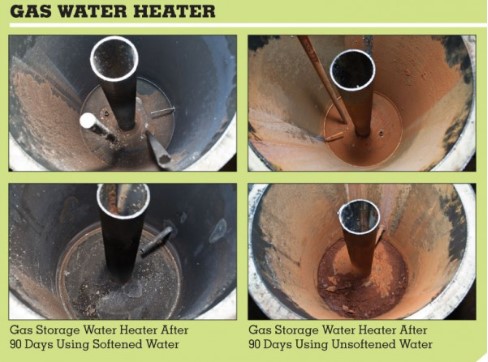
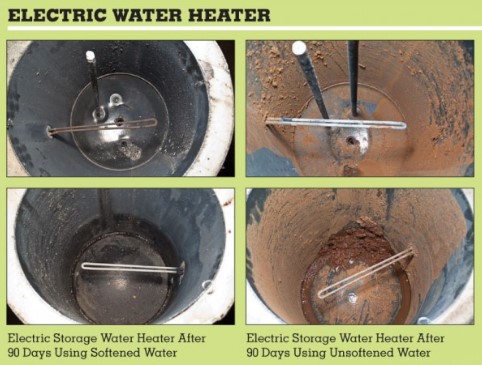
Now, open all the hot-water spigots in the house, and turn on the cold-water inlet to the tank and close each hot-water spigot as water begins to flow from it. After all the spigots are closed, turn on the electricity to the water heater, or turn the gas switch to run.
Vacation Setting
Most water heaters have a built-in “vacation mode” setting. When you go on holidays, and the unit isn’t in use, it’s a good idea to set the tank mode settings on “vacation mode” which makes it easy to switch to a low-efficiency, energy-saving mode. If the tank doesn’t have this setting, simply turn your temperature dial down to between 54 °C and 49 °C for best results. Just don’t forget to readjust it when you return!

